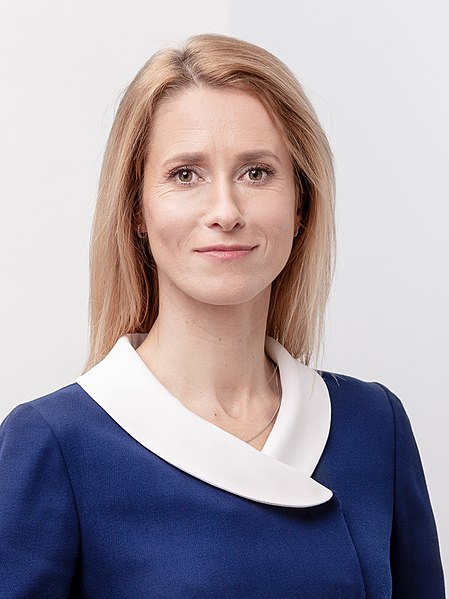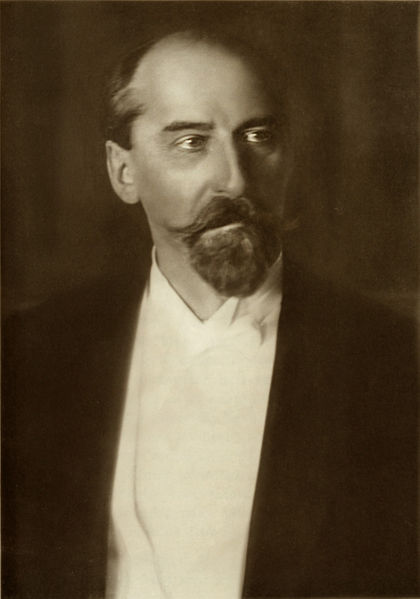Prime Minister of Estonia
The prime minister of Estonia is the head of government of the Republic of Estonia. The prime minister is nominated by the president after appropriate consultations with the parliamentary factions and confirmed by the parliament (Riigikogu). In case of disagreement, the parliament can reject the president's nomination and choose their own candidate. In practice, since the prime minister must maintain the confidence of parliament in order to remain in office, they are usually the leader of the senior partner in the governing coalition. The current prime minister is Kaja Kallas of the Reform Party. She took the office on 26 January 2021 following the resignation of Jüri Ratas.
Prime Minister of Estonia
Image: Konstantin Päts
Image: Prime minister Otto Strandman
Image: Jaan Tonisson 1928
In the executive branch, the head of government is the highest or the second-highest official of a sovereign state, a federated state, or a self-governing colony, autonomous region, or other government who often presides over a cabinet, a group of ministers or secretaries who lead executive departments.
The prime minister of India (Indira Gandhi) and the president of the United States (Richard Nixon) in 1971
President Dilma Rousseff of Brazil and President Christina Kirchner of Argentina in 2015.
The heads of government of five members of the Commonwealth of Nations at the 1944 Commonwealth Prime Ministers' Conference. From left to right, Mackenzie King (Canada), Jan Smuts (South Africa), Winston Churchill (United Kingdom), Peter Fraser (New Zealand), and John Curtin (Australia).
Image: Olaf Scholz in 2023 (cropped)








